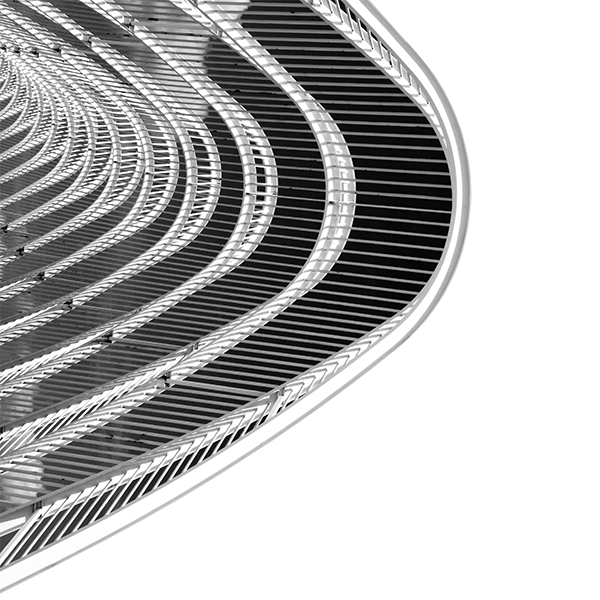Space Environment and Radiation Effects Testing Chamber (SERE)


The environment of space is unique and there is no place comparable on Earth. Spacecraft components typically undergo testing in space itself, which makes it expensive, time consuming, and limits the data collected. That is no longer the case with the development of EMA’s state-of-the-art Space Environment and Radiation Effects (SERE) commercial test facility. SERE is capable of taking a wide variety of accurate measurements in a fraction of the time it takes to test in space.
Measurement Capabilities
SERE specializes in in-situ charging studies of spacecraft components and instrumentation to help determine the risk level for various space environments. We mount what needs to be testing on a 24″ sample plate located inside the vacuum test chamber. It also includes radiation sources that can create realistic spectra associated with various orbits.
Current radiation sources include:
- An electron flood source that produces energies between 500eV- 100keV with fluxes measurable down to 5pA/cm² and a max output of 5nA/cm² with beam uniformity staying within 80% of max with a 13”x13” square.
- A low plasma generator with an incorporated magnetic filter that produces 5-20eV along with sub-eV electron to mimic the low earth orbit plasma environment. This generator can be used with various gases and output currents to produce densities that range from 1×1013 – 1×108 #/m3.
- A VUV Krypton arc lamp with a continuous spectrum from 125-165nm and an additional peak at 116nm that can be used for surface neutralization and lower end solar simulation.



Fig. 1. Current SERE radiation sources including electron flood source, low energy plasma generator, VUV Krypton arc lamp.
With dynamic shuttering and control capabilities, EMA can customize the inside of the SERE chamber completely. In a single test, these features can evaluate complex orbit, eclipe conditions, accelerated lifestyles, and more.

Fig. 2. SERE multiple simultaneous energy sources.
EMA specializes in recording signatures of transient arcing events through both traditional oscilloscope current and voltage waveform acquisition along with video image capturing of events.
Additional instruments and capabilities include:
- Solar cell coupon ESD testing per ISO-11221.
- Up to 100kV power supplies for high-voltage biasing, along with high current capabilities.
- In-vacuum surface voltage measurements up to +/- 20kV mounted on Z-translation stage.
- UV degradation studies via 365nm lamp with a 90mW/cm2 output at 15” working distance.
- Both benchtop and in-situ diffuse reflectance and transmission measurements from the 250-1500nm range.
- Closed-loop cryocooler with custom mounting that can be incorporated for temperature dependent studies down to 50K without heat load.
- Secondary electron yield measurements on both conductors and insulators.
- Sample bakeout

Fig. 3. Look inside of the SERE chamber.
Future Capabilities
Future SERE lab radiation sources and capabilities that are in the works include:
- Photo-yield measurements.
- A variable energy proton source with energies ranging from 5-100keV with max beam current of 1µA over a 100mm beam spot.
- 2 MeV electron source up to 10µA irradiated over a 12” spot size.
- Constant voltage and charge storage conductivity measurements.
With video, special arc detection, and a number of sensor modalities, SERE is capable of determining the effects of space radiation with a high degree of accuracy.
Using Simulation

Fig. 4. Ansys Charge Plus simulation environment.
EMA makes testing more powerful when combined with simulation using Ansys Charge Plus to get a closer look at how materials will react in space. This is beneficial for projects that have a high degree of risk or for issues that cannot be tested. Charge Plus uses time domain solvers to simulate air breakdown, surface charging, internal charging, coupled charging, and dielectric breakdown.
Capabilities include:
- Nonlinear air chemistry
- Material charging
- 3D particle transport
- Time-varying plasma environments
Ansys sells Charge Plus exclusively. You can learn more by clicking here.
The SERE testing chamber is located in the Berkshire Innovation Center in Pittsfield, Massachusetts. The world’s foremost experts in the space sector form the EMA SERE team. They have a wealth of expertise in both simulation and testing, having played critical roles in many major space programs.
EMA’s SERE lab is able to accommodate a large variety of testing needs for customers through custom design and configuration of testing setup catered to specific project needs. Contact us today to get a better understanding of how your product will behave in the harsh environment of space at info@ema3d.com

